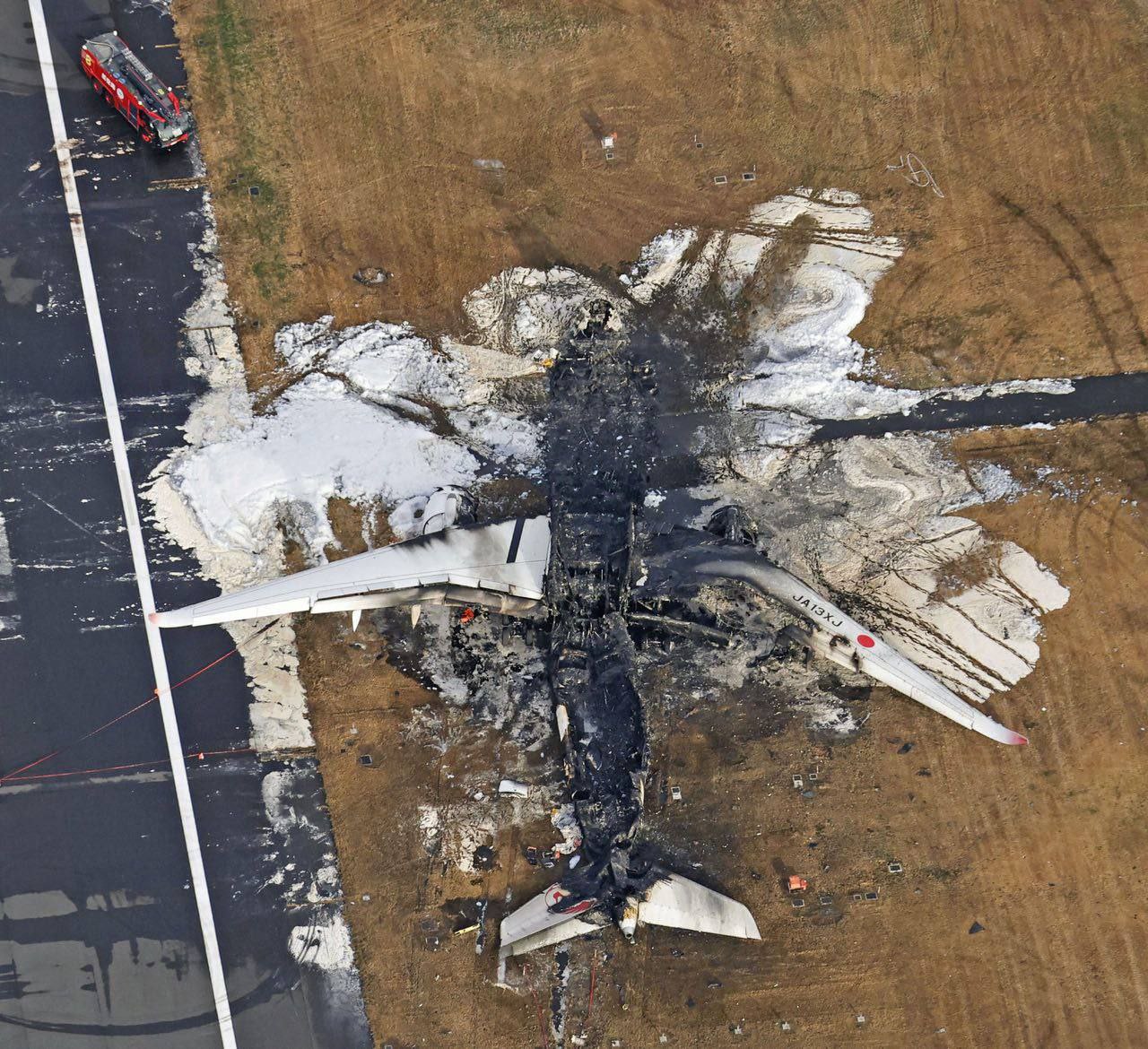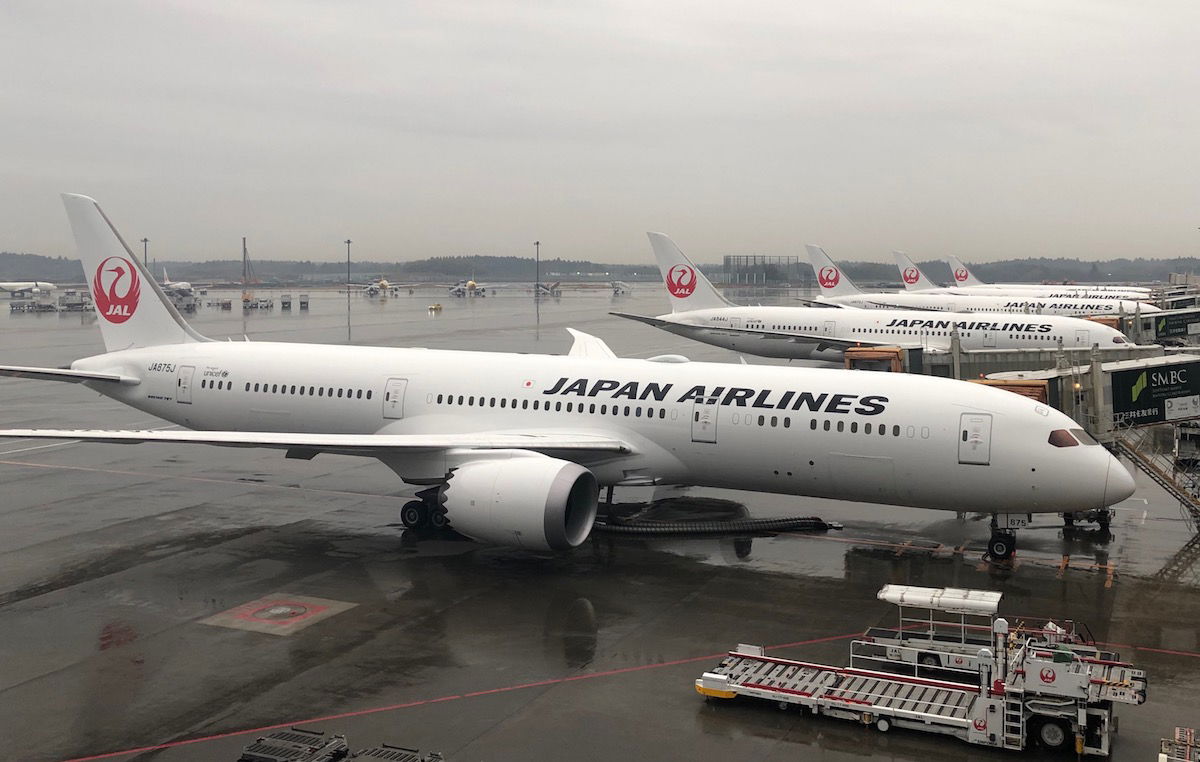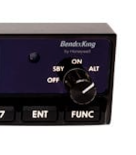Ma le Traffic Advisory non sono di colore giallo? (o almeno così avevo capito io, TA/gialle & RA/rosse)Il mod S era correttamente funzionante. Sul 350, sotto una certa quota (1000”) vengono generate solo Traffic Advisory, le losanghe bianche, nessuna Resolution Advisory verrà notificata.
Aereo JAL in fiamme a Haneda
- Autore Discussione OneShot
- Data d'inizio
ILM4rcio
Utente Registrato
Grazie ad entrambi, non riuscivo a vederlo. Dal Log che avevo quotato comunque sembra che il Dash non abbia rispettato la richiesta della torre di rimanere fermo all'HP C5 ed abbia invece proseguito entrando sulla 34R
Per come son cresciuto io mi pare un filo esagerato, ma porto rispetto e capisco anche la cura di una grande azienda verso questo tipo di comunicazione

 airlive.net
airlive.net

Japan Airlines has apologized after announcing that they were unable to rescue two pets during the Tokyo Haneda accident
Japan Airlines has apologized after two pets died in the accident. Japan Airlines has apologized after announcing that they were unable to rescue two pets that had been checked-in on the flight from Sapporo to Tokyo that caught fire after a collision with another airplane. On JAL flight 516...
 airlive.net
airlive.net
- 1 Febbraio 2012
- 12,781
- 3,097
Tra l'altro se non vado errato anni fa un pilota AZ mi disse che il TCAS è molto preciso per quanto riguarda la separazione verticale, molto meno per quanto riguarda l'esatta posizione a sx o dx dell'aeromobile.
Feci la domanda proprio perché durante un volo in cockpit (ZHR-MXP) vidi io stesso che il traffico davanti ce lo dava leggermente spostato a dx mentre in realtà era alla nostra sx.
Feci la domanda proprio perché durante un volo in cockpit (ZHR-MXP) vidi io stesso che il traffico davanti ce lo dava leggermente spostato a dx mentre in realtà era alla nostra sx.
ILM4rcio
Utente Registrato
Penso sia anche perché è più facile variare altitudine che cercare di evitare un altro aeromobile cambiando posizione orizzontalmente.Tra l'altro se non vado errato anni fa un pilota AZ mi disse che il TCAS è molto preciso per quanto riguarda la separazione verticale, molto meno per quanto riguarda l'esatta posizione a sx o dx dell'aeromobile.
Feci la domanda proprio perché durante un volo in cockpit (ZHR-MXP) vidi io stesso che il traffico davanti ce lo dava leggermente spostato a dx mentre in realtà era alla nostra sx.
13947
Utente Registrato
- 4 Gennaio 2018
- 397
- 281
Semplificando, l'ATC separa sul piano orizzontale, mentre il TCAS su quello verticale.Tra l'altro se non vado errato anni fa un pilota AZ mi disse che il TCAS è molto preciso per quanto riguarda la separazione verticale, molto meno per quanto riguarda l'esatta posizione a sx o dx dell'aeromobile.
13900
Utente Registrato
- 26 Aprile 2012
- 10,622
- 9,153
E in piú offrono rimborsi/cambi data. Chapeau.Per come son cresciuto io mi pare un filo esagerato, ma porto rispetto e capisco anche la cura di una grande azienda verso questo tipo di comunicazione

Japan Airlines has apologized after announcing that they were unable to rescue two pets during the Tokyo Haneda accident
Japan Airlines has apologized after two pets died in the accident. Japan Airlines has apologized after announcing that they were unable to rescue two pets that had been checked-in on the flight from Sapporo to Tokyo that caught fire after a collision with another airplane. On JAL flight 516...airlive.net

Japan Airlines' Generous Ticket Flexibility Due To A350 Accident
Japan Airlines has added a very generous ticket flexibility policy, following the accident of a Japan Airlines A350 at Tokyo Haneda Airport.
Da questo documento trovato in rete, leggo:
Poi più avanti precisaAll RAs are inhibited below 1,000 ft AGL;
All TA aural annunciations are inhibited below 500 ft AGL;
Quindi sotto i 1000 piedi le RA cessano, sotto i 500 piedi le TA smettono di fare rumore ma compaiono comunque sullo schermo.All TA aural annunciations are inhibited below 500 ft AGL (1,000 ft agl for Version 6.04A). As a result, TAs issued below 500 ft AGL may not be noticed unless the TA display is included in the routine instrument scan.
setIRSposition
Moderatore
- 6 Novembre 2005
- 11,574
- 270
Più o menoSemplificando, l'ATC separa sul piano orizzontale, mentre il TCAS su quello verticale.
L’ATC separa sul piano più opportuno di volta in volta. Se qualcosa va storto (errore di valutazione, errore di manovra, meteo avverso etc.) il TCAS ci mette un’egregissima pezza sul piano verticale.
SierraEcho
Utente Registrato
per poco non abbiamo avuto il video più impressionante del secolo
https://x.com/PlanesOfLegend/status/1742680749445456228?s=20
https://x.com/PlanesOfLegend/status/1742680749445456228?s=20
Bella domanda, nel senso che sì, le TA sono cerchietti colori ambra (arancione), ma se sto atterrando e sono circondato di traffici a bordo pista, piste parallele, appena decollati, non ci faccio caso comunque.Ma le Traffic Advisory non sono di colore giallo? (o almeno così avevo capito io, TA/gialle & RA/rosse)
Inoltre: quando si è in TA ONLY the TA threshold is set at TAU <-20 sec; Some advisories are inhibited depending on the aircraft altitude:
All intruders flying below 380 ft AGL when the own aircraft altitude is below 1 750 ft AGL in climb or 1 650 ftAGL in descent.
robygun
Utente Registrato
- 27 Gennaio 2013
- 1,113
- 426
A voler pensare male direi che il "video più impressionante del secolo" esiste ma è stato tagliato per provare a venderlo a qualche Network..per poco non abbiamo avuto il video più impressionante del secolo
https://x.com/PlanesOfLegend/status/1742680749445456228?s=20
Che poi, ovviamente, il tutto è condizionato al fatto che abbiano attivato il transponder entrando in pista... altrimenti non stai trasmettendo e i TCAS altrui non ti vedono.Bella domanda, nel senso che sì, le TA sono cerchietti colori ambra (arancione), ma se sto atterrando e sono circondato di traffici a bordo pista, piste parallele, appena decollati, non ci faccio caso comunque.
Inoltre: quando si è in TA ONLY the TA threshold is set at TAU <-20 sec; Some advisories are inhibited depending on the aircraft altitude:
All intruders flying below 380 ft AGL when the own aircraft altitude is below 1 750 ft AGL in climb or 1 650 ftAGL in descent.
Sugli aeroplani di aviazione generale questo è un tipico pannello dell'apparato e si passa da SBY ad ON (per modalità "A", trasmissione del solo identificativo)/ALT [per modalità "C", trasmissione dell'altitudine (rectius, livello di volo, in quanto i transponder sono tutti calibrati sulla pressione standard di 1013hPa)].

13947
Utente Registrato
- 4 Gennaio 2018
- 397
- 281
Semplificando, l'ATC separa sul piano orizzontale, mentre il TCAS su quello verticale.
È vero, non l'ho specificato.Più o meno
L’ATC separa sul piano più opportuno di volta in volta. Se qualcosa va storto (errore di valutazione, errore di manovra, meteo avverso etc.) il TCAS ci mette un’egregissima pezza sul piano verticale.
Mi riferivo in prossimità del botto.
lo spaziale
Utente Registrato
EY460
Utente Registrato
Leggendo le testinonianze di alcuni cittadini australiani a bordo, tutte le instruzioni e le informazioni dopo l’incidente sono solo state date in giapponese. Non avrebbero dovuto dare un minimo di informazioni in inglese?
- 1 Febbraio 2012
- 12,781
- 3,097
Dal sempre informatissimo AvHerald:
On Jan 5th 2024 the Ministry of Transport reported that the tower controller in charge stated in an interview, that after giving the taxi instructions to the DH8C he turned his attention towards other aircraft and did not notice the DH8C had taxied onto the runway. The runway monitoring system has been working properly. The DH8C stopped on the runway for about 40 seconds, it is possible that the controller missed the alert display, there is no rule requiring the controller to stare onto the screen all times, the screen would turn red and runway be flashing yellow (operative on all runways since 2011). Runway 34R is estimated to return to service on Jan 8th 2024.
According to a Japanese Media report by a reporter on board of the A359 as passenger the evacuation was mainly completed about 7 minutes after the collision, the captain subsequently walked through the aircraft and found a number of passengers who had not yet evacuated and prompted them to leave the aircraft. The captain was the last to leave the aircraft 18 minutes after coming to a stop.
On Jan 5th 2024 the Ministry of Transport reported that the tower controller in charge stated in an interview, that after giving the taxi instructions to the DH8C he turned his attention towards other aircraft and did not notice the DH8C had taxied onto the runway. The runway monitoring system has been working properly. The DH8C stopped on the runway for about 40 seconds, it is possible that the controller missed the alert display, there is no rule requiring the controller to stare onto the screen all times, the screen would turn red and runway be flashing yellow (operative on all runways since 2011). Runway 34R is estimated to return to service on Jan 8th 2024.
According to a Japanese Media report by a reporter on board of the A359 as passenger the evacuation was mainly completed about 7 minutes after the collision, the captain subsequently walked through the aircraft and found a number of passengers who had not yet evacuated and prompted them to leave the aircraft. The captain was the last to leave the aircraft 18 minutes after coming to a stop.
East End Ave
Utente Registrato
due cose risaltano; un po’ troppo semplice che ATC non veda perchè non obbligato “da contratto” (non c’è un’impostazione sonora per un allarme così serio?) e i 18’ (!) minuti del CPT a bordo, considerando il vasto incendio.Dal sempre informatissimo AvHerald:
On Jan 5th 2024 the Ministry of Transport reported that the tower controller in charge stated in an interview, that after giving the taxi instructions to the DH8C he turned his attention towards other aircraft and did not notice the DH8C had taxied onto the runway. The runway monitoring system has been working properly. The DH8C stopped on the runway for about 40 seconds, it is possible that the controller missed the alert display, there is no rule requiring the controller to stare onto the screen all times, the screen would turn red and runway be flashing yellow (operative on all runways since 2011). Runway 34R is estimated to return to service on Jan 8th 2024.
According to a Japanese Media report by a reporter on board of the A359 as passenger the evacuation was mainly completed about 7 minutes after the collision, the captain subsequently walked through the aircraft and found a number of passengers who had not yet evacuated and prompted them to leave the aircraft. The captain was the last to leave the aircraft 18 minutes after coming to a stop.
- 1 Febbraio 2012
- 12,781
- 3,097
In effetti guardando i video girati in cabina, non mi è parso di sentire istruzioni date in inglese... grave se è così, anche se alla fine tutto è andato per il meglio.Leggendo le testinonianze di alcuni cittadini australiani a bordo, tutte le instruzioni e le informazioni dopo l’incidente sono solo state date in giapponese. Non avrebbero dovuto dare un minimo di informazioni in inglese?
